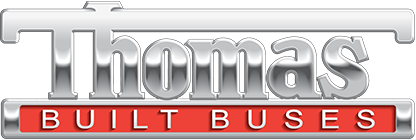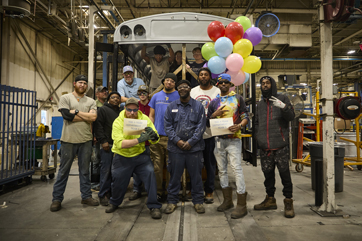
A behind-the-scenes look at our historic celebration and transition of the Type D legacy
It isn’t every day you get to celebrate a major milestone, so we’ve captured the iconic plant transition of our Type D production and commemorated the milestone in a video celebration. Chronicling the final steps of the last Type D bus to roll off the historic assembly line, the video features…
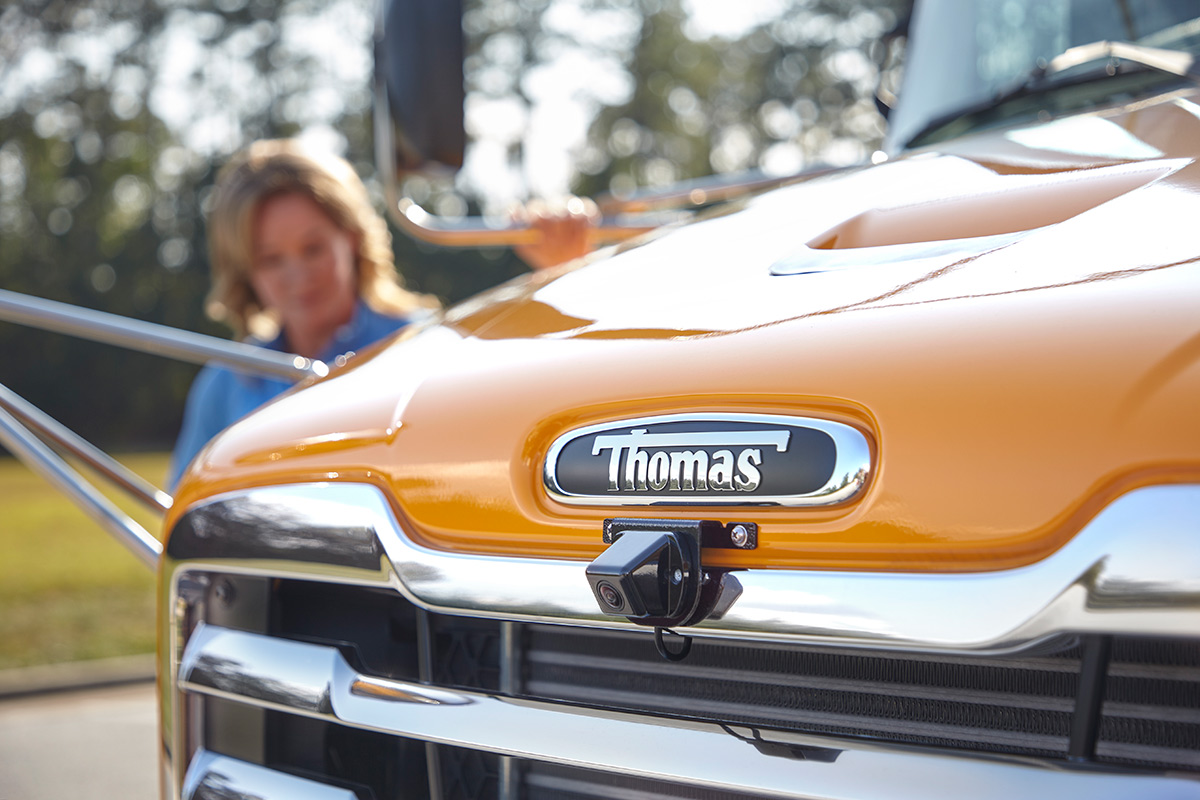
At Thomas Built Buses, we view safety as a journey, not a destination. Safety is at the core of everything we do—from our manufacturing processes to our testing protocols and focus on continuous innovation. It is more than just a feature; it’s an interconnected facet of all our operations.
Let’s look at how this commitment to safety is woven into every phase of our process, from…
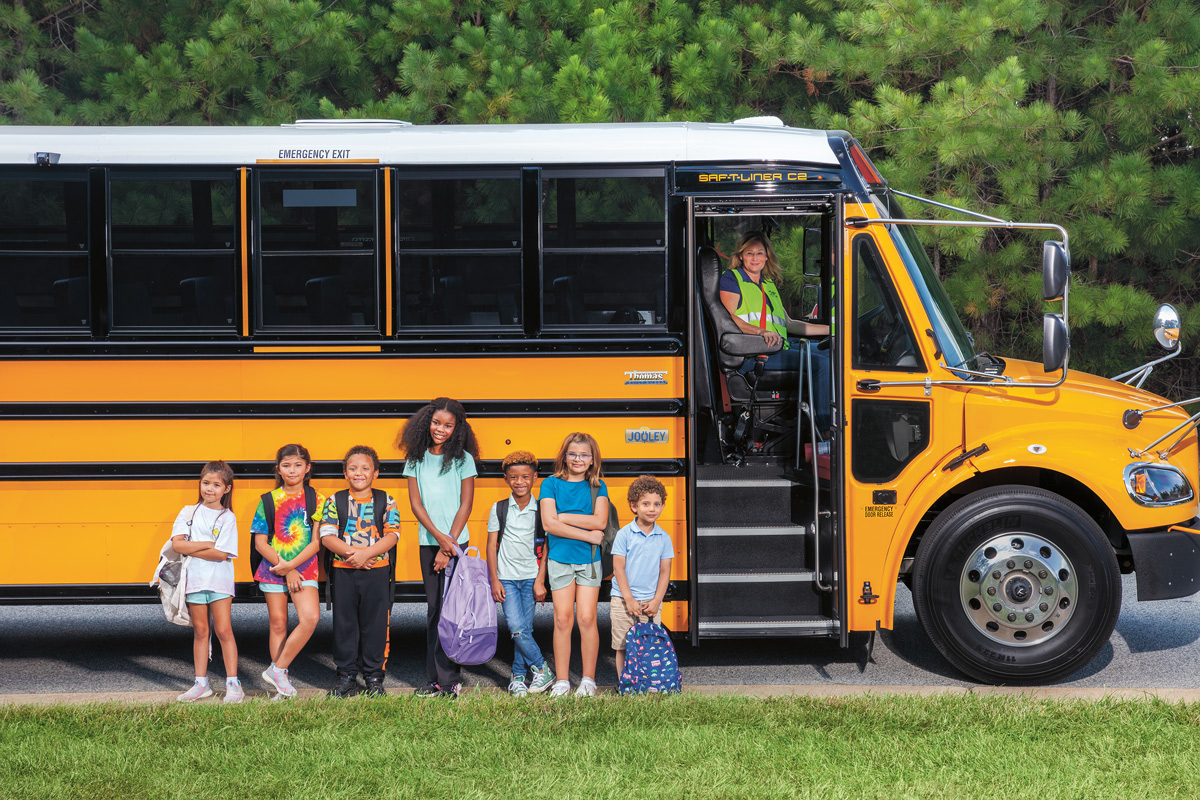
What makes the electric Saf-T-Liner C2 Jouley school bus an excellent vehicle for today and the future? Our free Electric School Bus Curriculum answers this and more.
Today’s students are increasingly interested in electric vehicles and environmentally smart transportation options. This dynamic, professionally designed curriculum provides teachers with tools and lessons to increase…
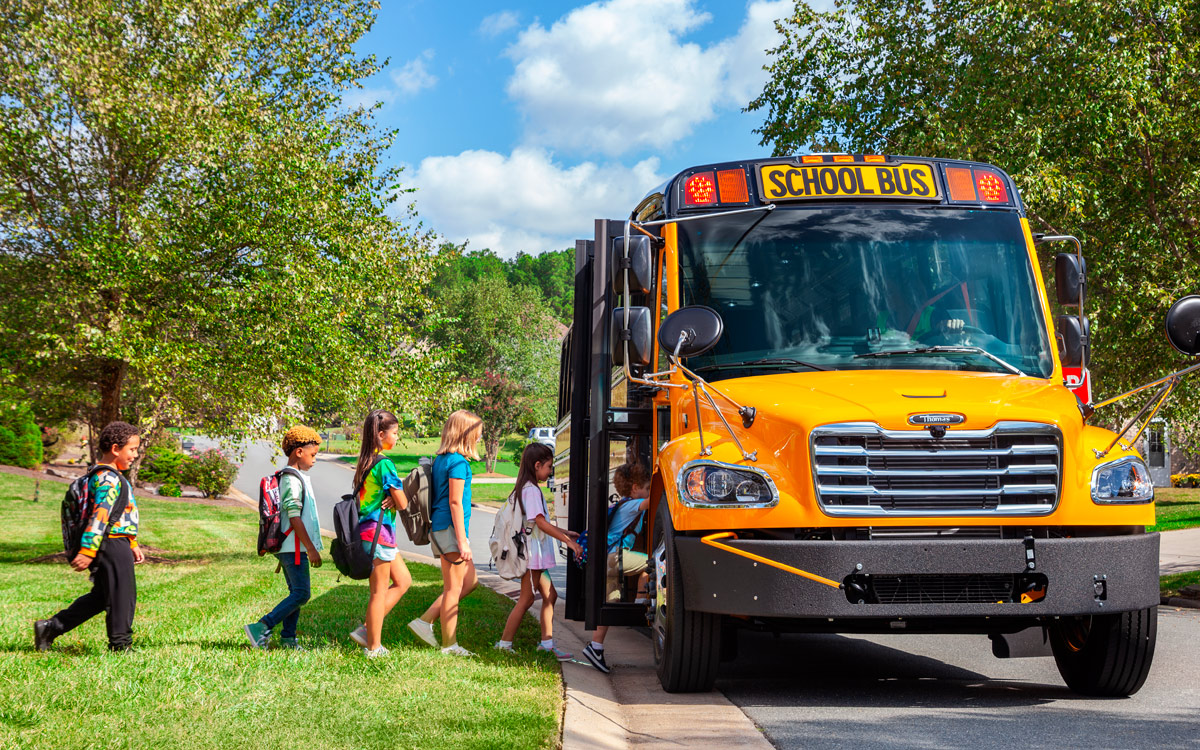
In today’s rapidly evolving industrial landscape, sustainability has become a global focus. But what does that even mean? For Thomas Built Buses, it’s about defining our commitment to our organization, our industry and the communities we serve. While our electric school bus, the Saf-T-Liner® C2 Jouley®, and its many milestones (including the recent delivery of our 1,000th) often come to…

If you’ve received a notification that your application has been approved and your district has been awarded funds from the EPA’s Clean School Bus Program, congratulations!
So, where do you go from here? What considerations should be top priority? How do you best leverage your funds to maximize the opportunity?
For those that have no clue what to do next, Thomas Built Buses and the Electric Bus Authority (EBA) are here to help you navigate the process.
It’s important to stay on top of deadlines for claiming your rebates, in addition to preparing your school for new electric buses and infrastructure. Let’s get into the nuts and bolts of how to utilize your funds and make this program a successful part of your district’s transition to electric.
Contact your local dealer.
Your local dealer is your ultimate resource for all things school bus electrification. They can provide additional information on how to best leverage your funds from the Clean School Bus Program and help connect you with your local utility provider to begin conversations around electric vehicle infrastructure and other considerations for your district when making the switch.
Let’s talk infrastructure.
The process of adding electric school buses from an infrastructure standpoint can take up to 18 months, depending on the complexity of your district’s current lot setup, so beginning those conversations with your utility provider now will help to ensure a successful deployment and minimize any unexpected hurdles.
When preparing your school bus depot to receive new electric buses, there are additional investments to consider, including bringing power to your site and the installation of EV equipment, some of which are covered by funds from the Clean School Bus Program or other funding programs.
To break it down, Clean School Bus Program infrastructure funds are limited to hard costs on the “fleet side” of the meter, which includes the school buses and charging units. The “utility side” of infrastructure costs may include transformers, switch gears and electric meters, which may be funded by utility make-ready programs or other funding programs.
The Electric Bus Authority and other EV experts at your local dealer are able to leverage connections with utility companies to help districts navigate utility site enhancements, construction, charging style and charging stations. They will also work with your local utility company to set up a site visit and review to determine a comprehensive plan to prepare your facility for electric vehicles.
Worried about additional costs?
If you are in a position where you were awarded funds through the Clean School Bus Program but don’t have the additional funds to purchase utility-side infrastructure upgrades, you may need to get in front of your administrators and school board to present long-term benefits of electrification, such as savings on maintenance and fuel. The World Resources Institute (WRI) estimates that savings can range from $4,000 to $11,000 per school bus each year, depending on labor costs, utility rates and the price of fuel (via CleanTechnica). This ultimately means electric school buses are worth the investment in the long run.
“EV experts at your local dealer and Thomas Built’s Electric Bus Authority can help you build a compelling total cost of ownership (TCO) case that supports electric school buses for your district, making EV integration a cost-effective decision for the future,” said Mark Childers, Powertrain and Technology Sales Manager at Thomas Built Buses.
Consider your needs.
Steps like route planning and operations become a factor when preparing for the switch to electric. Which routes would make the most sense for electric school buses? What constraints or unique circumstances is your district facing that need to be factored into the equation when considering battery range and charging?
For districts considering electrification, knowing answers to these questions will help determine the number of electric vehicles you can appropriately assign to current routes.
Don’t panic about rollout.
Going electric will also require training technicians and drivers to get comfortable working around your new vehicles.
While electric school buses require significantly less maintenance due to far fewer moving parts in the motor, staff will still need to be well-versed in how to effectively and safely service, charge and drive your new vehicle.
Your dealer will serve as your local expert for the lifespan of the vehicle. Thomas Built Buses provides technician and driver training, along with expert resources, like high-voltage-certified staff on hand for advanced electrical troubleshooting and maintenance, working in tandem with your district to service any high-voltage components, and handling any required maintenance or replacement.
Choose the best EV partner for your fleet.
For starters, electrification is not plug and play. Fortunately, there are experts who can demystify the process and help districts decide the appropriate resources and timeline for conversion. For districts looking to source the ideal EV consultant, having industry connections, a proven history in electrification and a strong dealer network should help maximize efficiency in the process.
“At Thomas, our Electric Bus Authority consultants developed a four-part program for guiding districts through EV integration, including operations, infrastructure, financing, and product support,” continued Childers. “As part of Daimler Truck Group, Thomas draws on Daimler’s worldwide resources for technology and innovations and a vast dealer network across the United States and Canada to provide product support and training, from order to delivery, for the full lifecycle of the product.”
Districts interested in learning more about the Clean School Bus Program and electric school bus integration for their fleet can reach out to the Thomas Built Electric Bus Authority.
Keep calm and power on.
